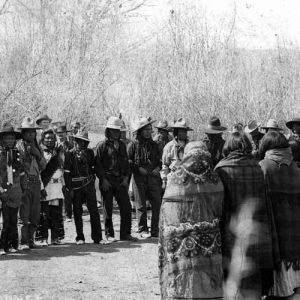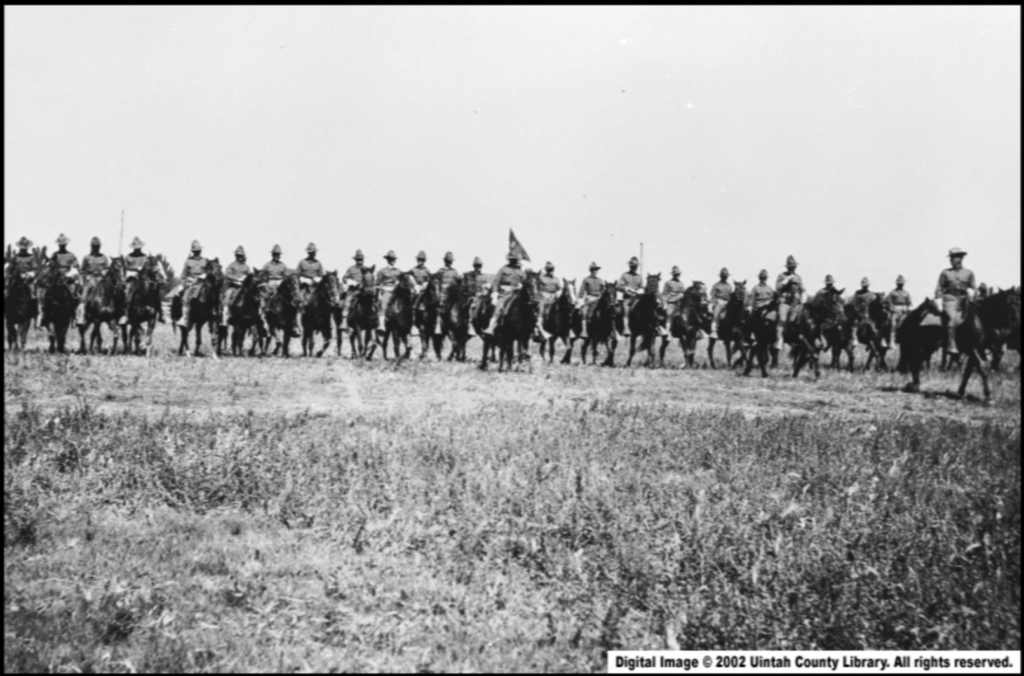In 1861 Abraham Lincoln created by presidential proclamation a reservation for Ute Indians in the Uintah Basin. By 1870 several bands of Utes had been forced to move there.
In Short
The relationship between the American Indians in the Utah Territory and the Mormon settlers was complicated, and as the Mormons began to expand their settlements throughout the rest of the territory, it only got more difficult.
More of the story
Following the Walker War and other conflicts, government agents charged with “managing” the Indians in the territory thought that it was time that the Indians be given land by the government on which they could make their homes. Brigham Young agreed, but only if the land that the Indians were given wasn’t land that the Mormons could use to settle. In short, he wanted to make sure the Indians got the land that no one else wanted.
They Got the Land No One Else Wanted

Abraham Lincoln set aside a portion of the Uintah Basin for the Indians in 1861, and by 1870 there were several bands of Indians that were living on the reservation. In 1881, the White River Utes in Colorado rebelled against the whites. They were defeated and forced to leave their homeland and move to the Uintah Reservation.
The Uncompahgre Utes didn’t attack anyone, but the government forced them to move as well. Their chief, Ouray, managed to get them a separate reservation. The federal government merged the two four years later, in 1886.
People Started to Want the Land After All
However, when valuable mining land was found on the Uintah and Ouray Reservation, the government pulled that strip of land out of the reservation. Gradually over the 1880s and into the 20th century, the reservation got smaller as the government carved out land for mining, for a reservoir, and for a national forest. In 1905 the government opened the reservation to white homesteaders, giving away the land that it had previously given the Utes.
Because of many broken promises, the reservation is now one quarter of its original size.
An All-Black Regiment

In 1886, the War Department decided to build a fort on the reservation, called Fort Duchesne. The soldiers who guarded the fort came from the Ninth Cavalry—an all-Black regiment and the first unit in America to have Black commanding officers. All-Black regiments from the 1800s are often called “Buffalo Soldiers.” There are many ideas about why people called Black soldiers the “Buffalo Soldiers.” Historians have not found exact records that explain when and how the servicemen got that name.
They stayed at Fort Duchesne from September 1892 to March 1901 (except for a few months in 1898 during the Spanish-American War). For a while, Fort Duchesne had the second largest number of African Americans in Utah.
When they had time to relax, these soldiers enjoyed swimming, fishing, boxing, playing baseball, and making music.
Keep Exploring!
Return to the Events page here.
Return to the I Love Utah History home page here.